In a 2019 New York Magazine article, a writer noted ketamine's rise in popularity among creative circles, positioning it as a trendy party drug. Ketamine, once confined to clinical settings, was now being used recreationally as a social enhancer.
However, a recent episode of the Altered States podcast, reveals a more complex reality, as casual users like "Olivia" found themselves grappling with its addictive potential. What started as an enjoyable, social activity led to an unexpected struggle with dependence.
Ketamine's Shifting Role: From Party Drug to Problematic Use
Originally known for its dissociative properties and clinical applications, ketamine entered mainstream culture in the late 2010s, with young professionals using it to enhance nightlife experiences. Its euphoric and numbing effects made it an appealing alternative to other recreational substances, but this normalization of casual use masked the risks. Users like Olivia began with occasional use, only to see their relationship with the drug deepen, eventually causing significant disruptions in their lives.
While ketamine's ability to induce relaxation and detachment attracts recreational users, its habit-forming nature is becoming more evident. Unlike substances such as opioids, ketamine may not cause severe physical withdrawal symptoms, but its psychological grip can be just as difficult to escape. As more stories emerge about the downsides of prolonged use, the conversation is shifting from seeing it as a "trendy drug" to recognizing its addictive potential.
Integration as a Path to Meaningful Change
The concept of psychedelic integration is crucial when considering ketamine’s risks and benefits. In a therapeutic setting, integration refers to the process of internalizing the insights gained during a psychedelic experience and translating them into positive changes in everyday life. This step involves reflecting on the emotions and realizations that surfaced during the experience and taking concrete actions to integrate these insights into one's life.
For example, someone undergoing ketamine-assisted therapy for depression might experience a moment of clarity about their need for self-care. Through integration, the individual could start incorporating healthier lifestyle choices, such as improving sleep habits or seeking supportive relationships. In this context, ketamine serves as a tool to facilitate healing, with integration being the work that makes the insights meaningful and lasting.
The Risks of Skipping Integration
When ketamine is used recreationally, without any structured plan for integration, the risks increase. The insight and emotional breakthroughs that might occur during a ketamine experience remain unprocessed and unanchored, leading to diminished therapeutic value and potentially fostering a pattern of repeated use (or dare we say dependency?). Without intentional integration, these experiences may feel like fleeting moments of relief rather than steps toward genuine growth. This situation can lead to a cycle of use to escape rather than heal, as users chase the initial feelings of euphoria without addressing the underlying issues that contribute to repeated substance use.
The psychedelic community emphasizes the value of integration precisely because experiences facilitated by substances like ketamine can open individuals up to profound realizations. Yet, the power of these realizations depends on how well they are incorporated into daily life. Effective integration often requires structured support, such as therapy, journaling, meditation, or lifestyle adjustments. When these practices are absent, the person is left with a fragmented understanding of their experiences, which can lead to psychological instability or dependency.
Differentiating Therapeutic Ketamine Use from Recreational Misuse
The contrast between clinical ketamine therapy and recreational use highlights the significance of integration. In therapeutic settings, ketamine is administered under supervision, with integration support provided afterward to help patients process their experiences. The goal is not just to experience temporary relief but to use the experience as a catalyst for long-term change.
In contrast, when used recreationally, ketamine is taken without the structure or safeguards necessary to ensure meaningful integration. Recreational use often prioritizes instant gratification and social experiences over therapeutic growth, potentially leading to a pattern where ketamine use becomes a way to numb difficult emotions or seek escape. This approach not only limits the potential benefits but may also lead to harmful consequences, such as psychological dependency and increased tolerance.
Why Integration Matters: Turning Insights into Action
Integration is essential because it bridges the gap between the psychedelic experience and lasting change. The moments of clarity or emotional breakthroughs experienced during ketamine use represent potential pathways for healing, but without intentional follow-up, they risk becoming mere memories. Integration helps individuals turn potential into reality, guiding them to make positive changes in their behavior, relationships, and self-perception.
For example, if a ketamine experience brings awareness to the need for better stress management, integration work might involve adopting mindfulness practices, restructuring daily routines, or addressing work-life balance. Without this step, the person may acknowledge the insight but struggle to implement meaningful changes, thus falling back into old patterns.
The process of integration varies widely depending on the individual's intentions, experiences, and unique circumstances. It may involve small, actionable steps, such as committing to exercise or connecting with loved ones, or it could encompass larger, ongoing efforts, such as healing from past trauma or redefining one’s career. Regardless of the approach, integration serves as a roadmap for turning psychedelic insights into sustainable growth.
Conclusion: The Dual Role of Ketamine and the Imperative of Integration
The story of ketamine's rise from a party drug to a substance with potential for abuse serves as a cautionary tale. While it offers promising medical applications, the risk of dependency and psychological harm should not be overlooked. This narrative urges society to take a balanced approach to ketamine, acknowledging its benefits while also addressing the risks.
The evolving understanding of ketamine's effects demonstrates the importance of education, regulation, and open discussions about drug use. As the cultural narrative around ketamine shifts, users must be informed of both its potential therapeutic advantages and the dangers of misuse.
Integration is the key to making ketamine experiences transformative rather than fleeting. It is the process that ensures the insights gained from such experiences are anchored in real-world actions that support personal growth and well-being. By prioritizing integration, individuals can move from momentary relief to sustainable change, using ketamine as a tool for healing rather than a means of escape. In a world where psychedelics are gaining acceptance for their therapeutic potential, the conversation must go beyond the experiences themselves to include the critical work of integration that follows.


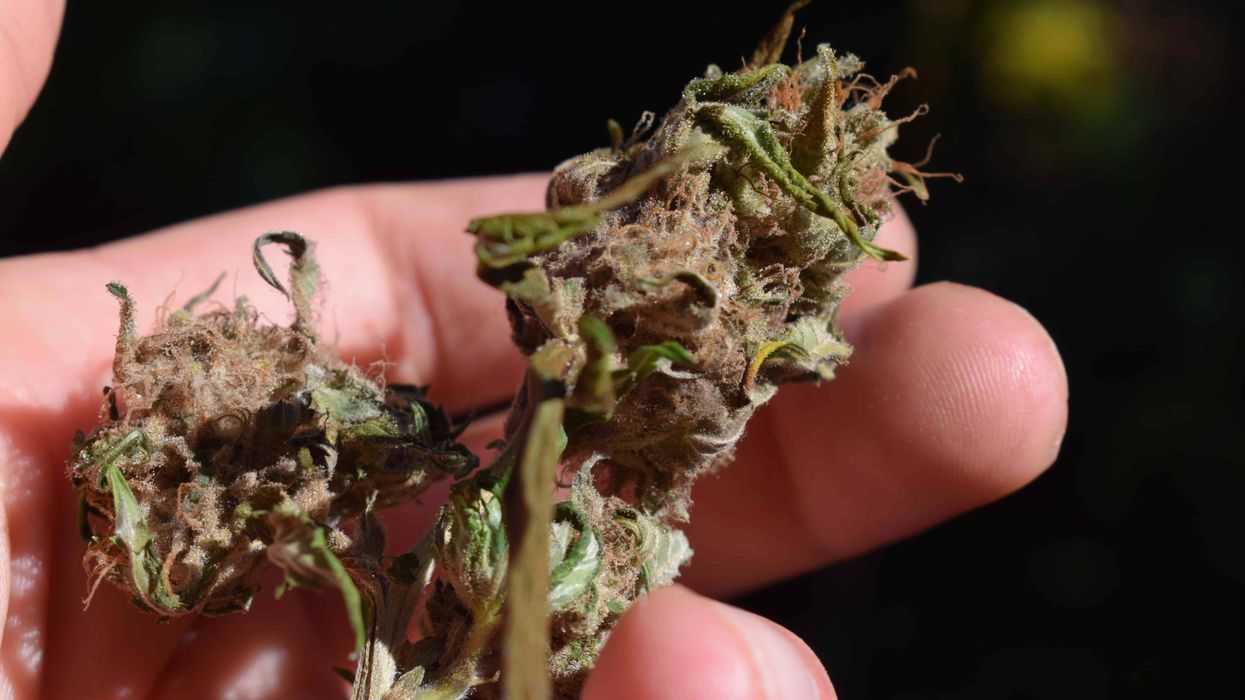

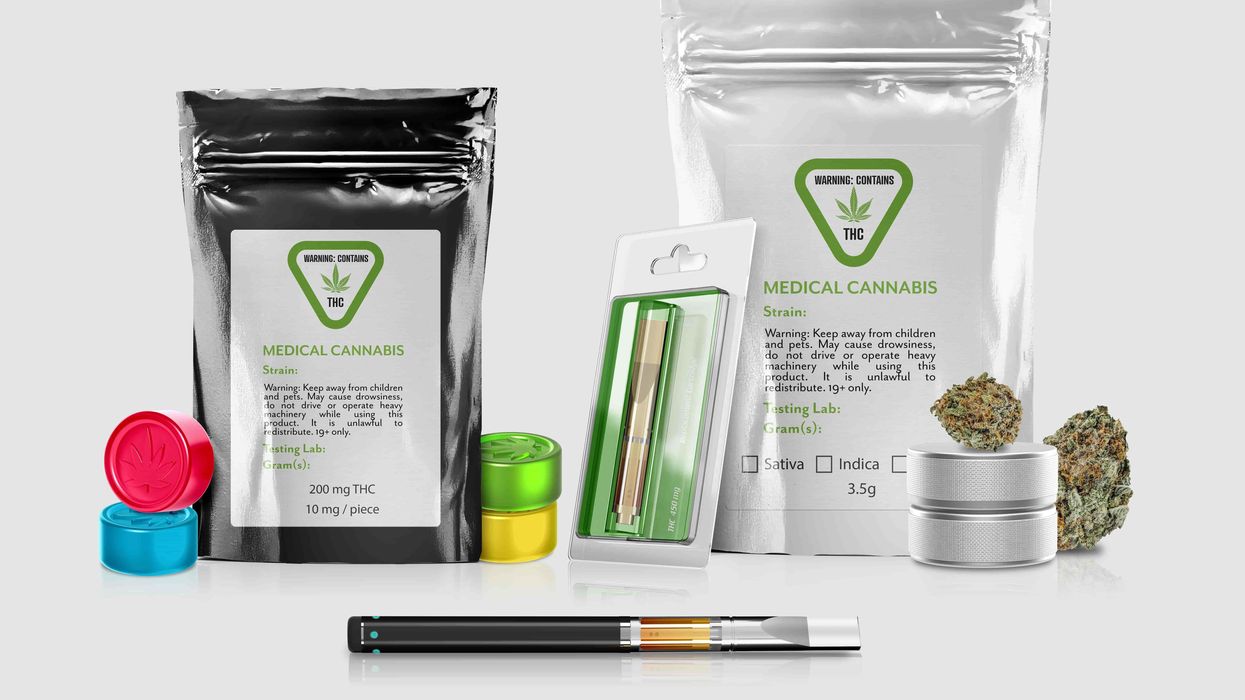

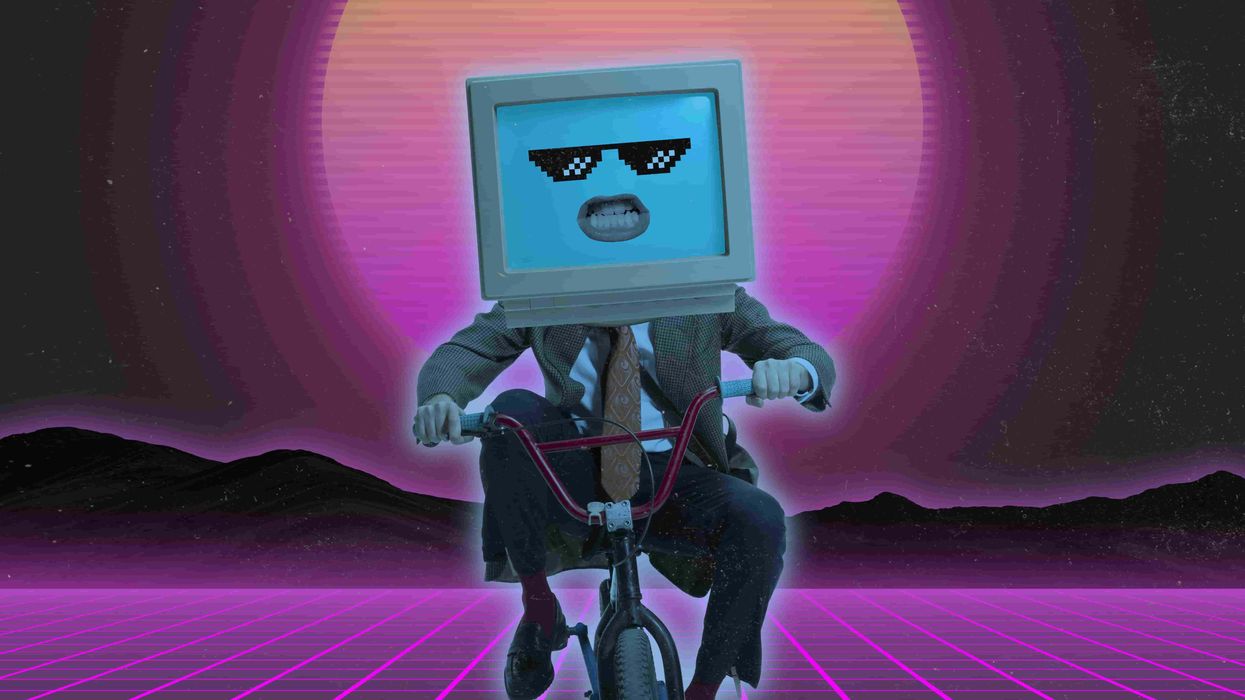


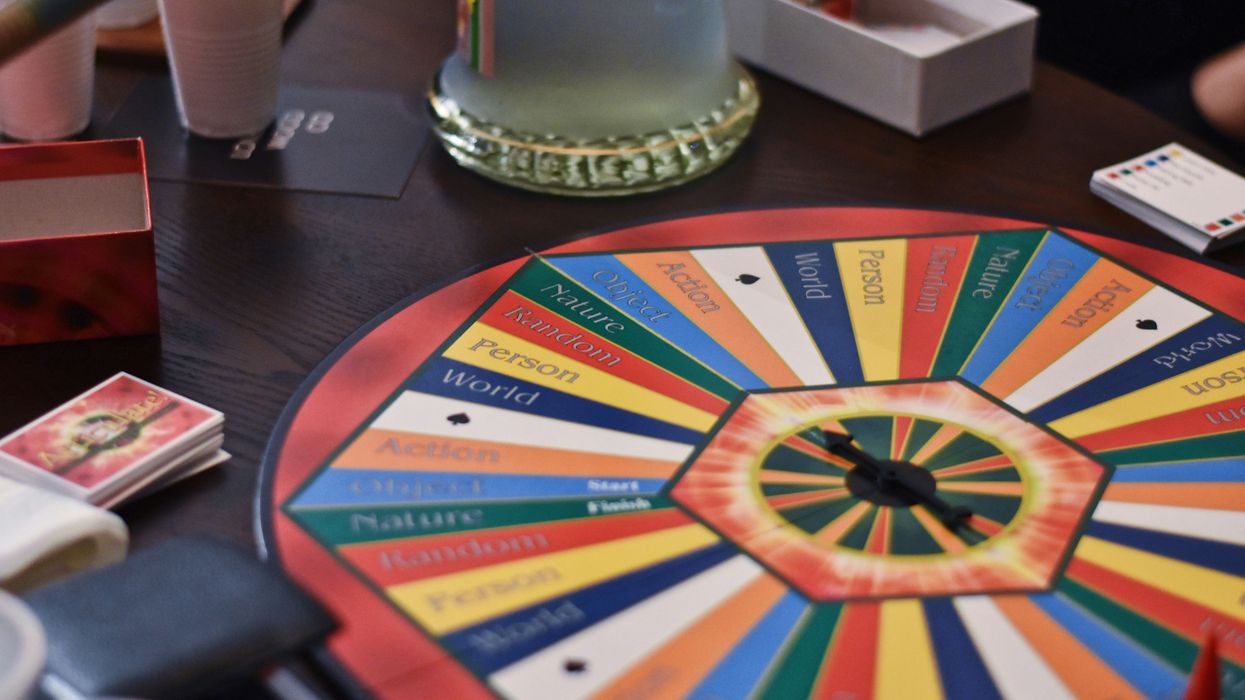
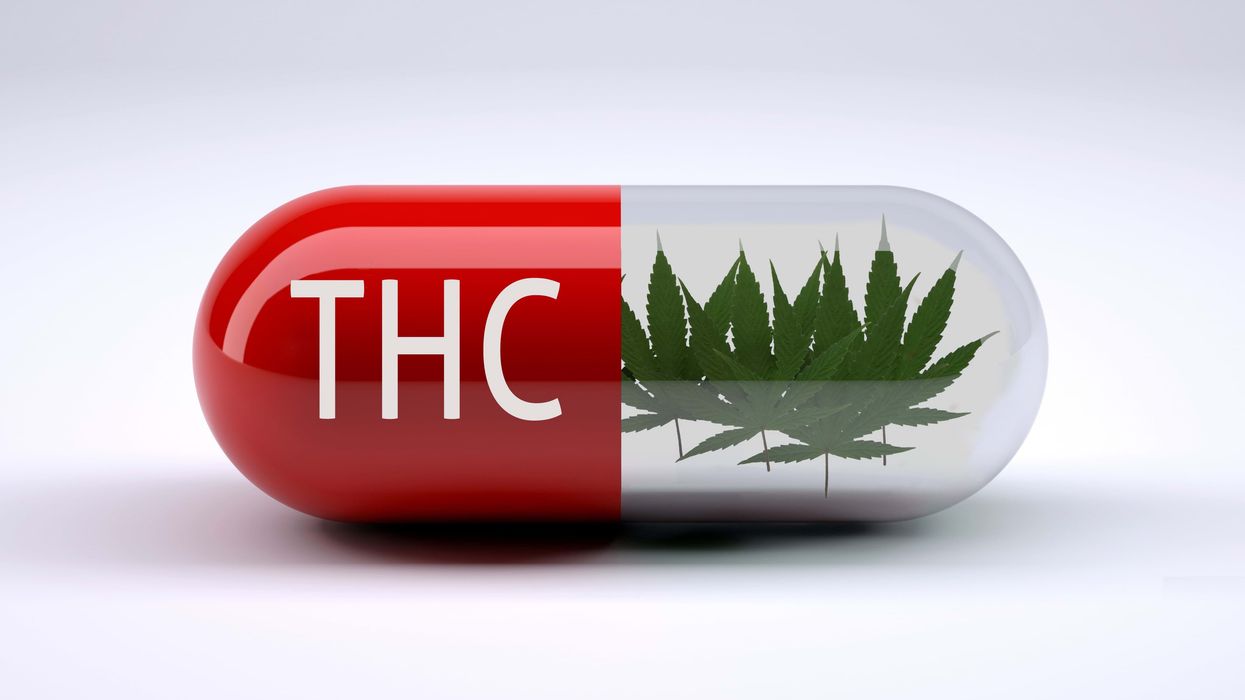
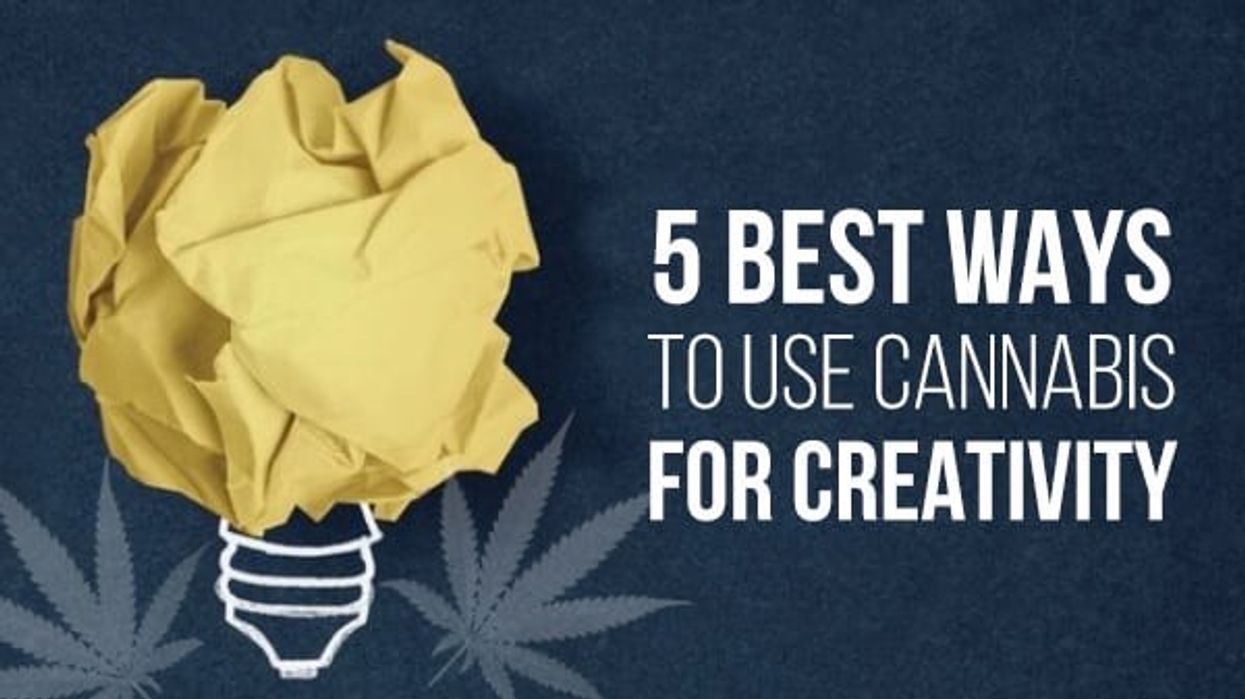

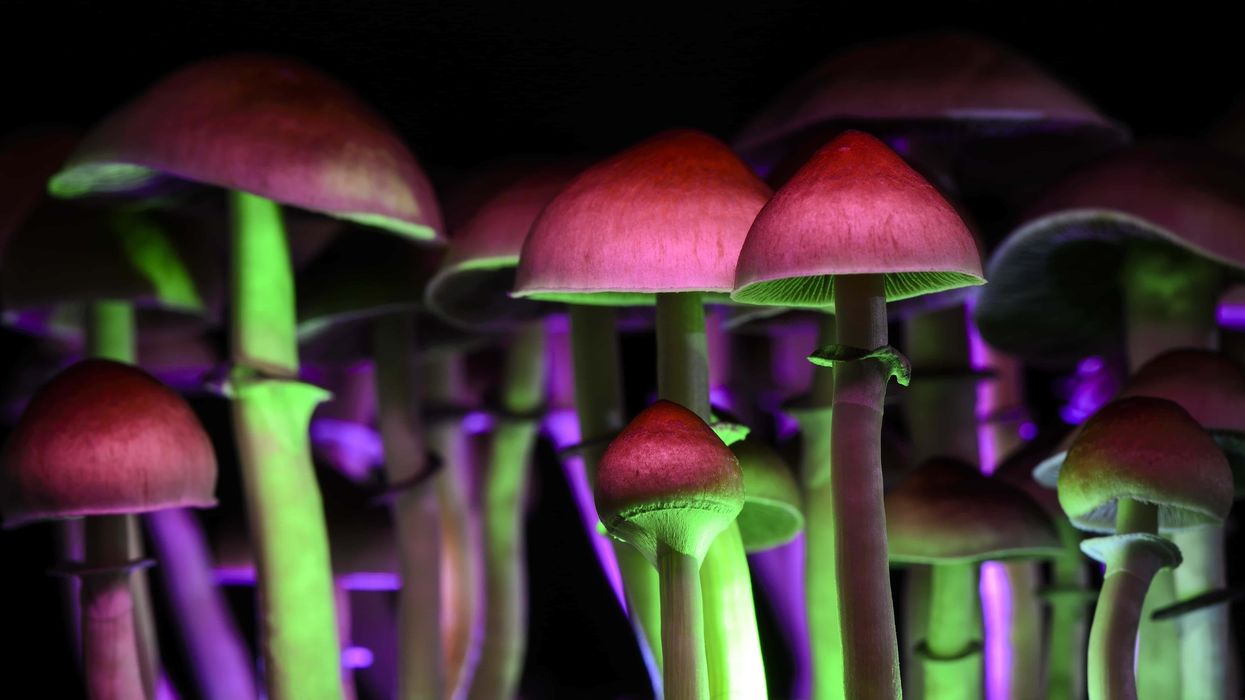
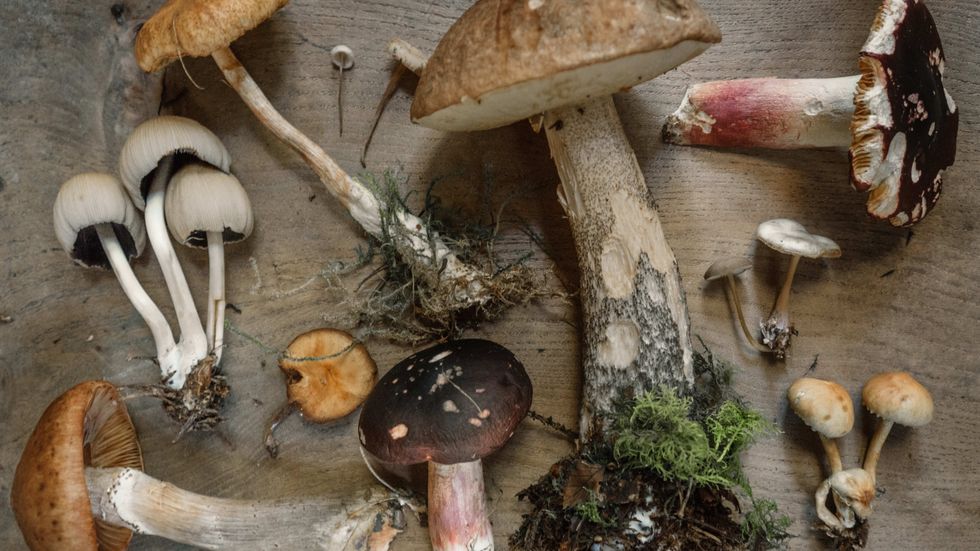 How Long Do Shrooms Last? Magic Mushroom Guide for Beginners - The Bluntness
How Long Do Shrooms Last? Magic Mushroom Guide for Beginners - The Bluntness Psilocybin can provide a life-altering experience. -The Bluntness
null
Psilocybin can provide a life-altering experience. -The Bluntness
null
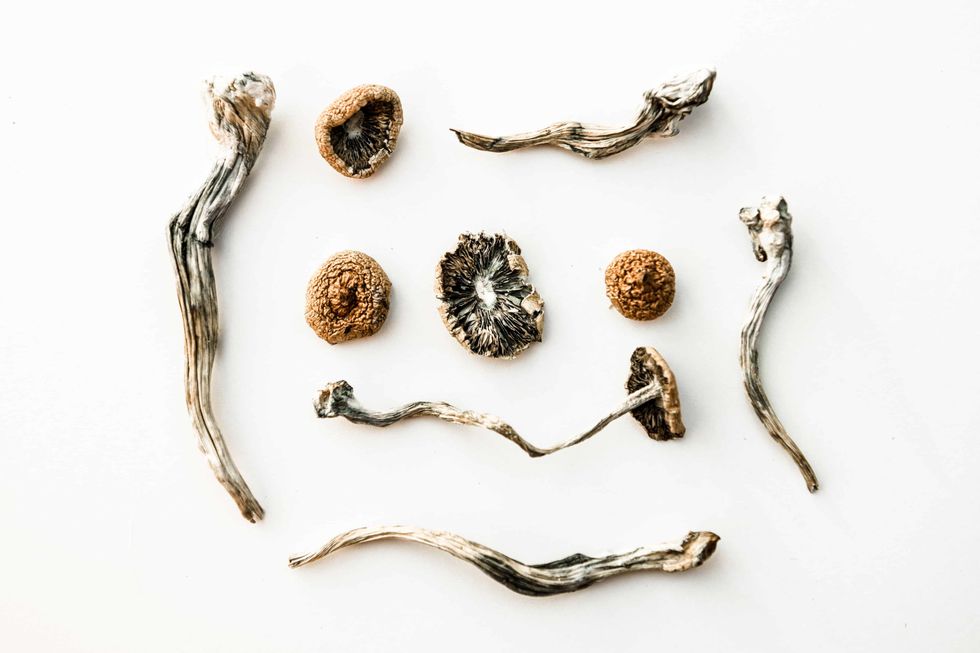 “Don’t diddle the dose. Once you have done your homework, go for it.” -- Terence McKenna
The Bluntness
“Don’t diddle the dose. Once you have done your homework, go for it.” -- Terence McKenna
The Bluntness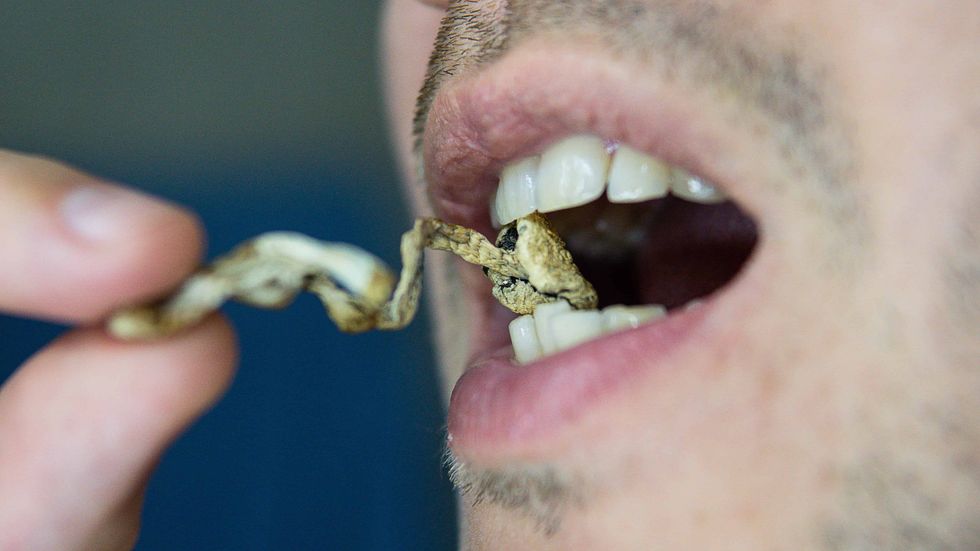 These mushrooms taste gross, but there are ways around that.The Bluntness
These mushrooms taste gross, but there are ways around that.The Bluntness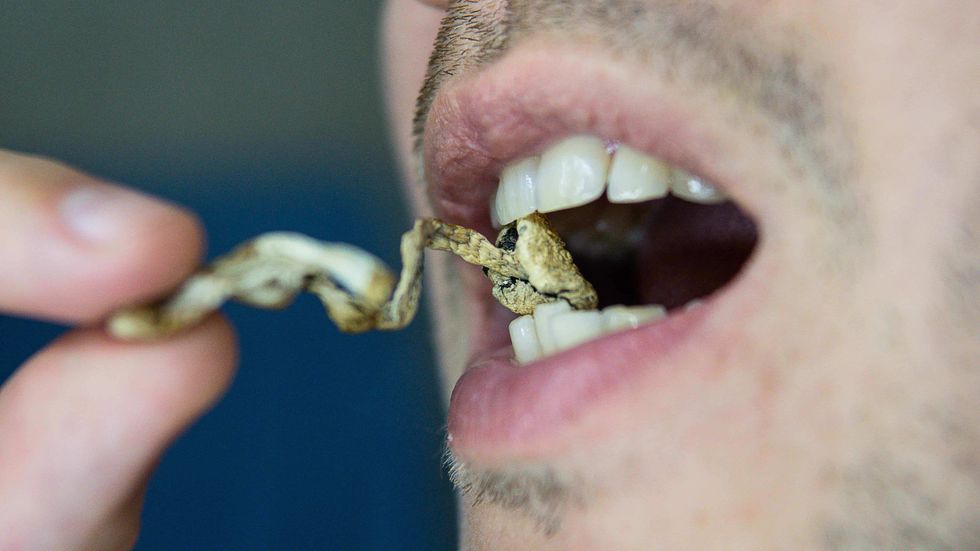 These mushrooms taste gross, but there are ways around that.
These mushrooms taste gross, but there are ways around that.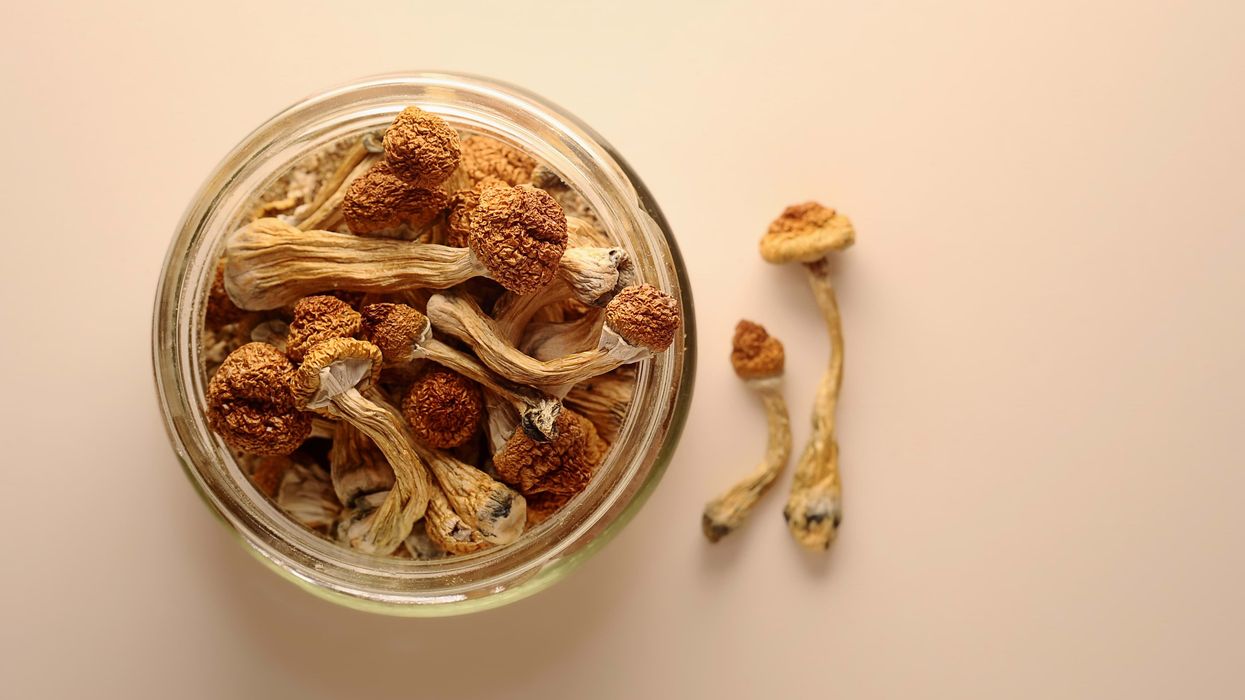


 How to Make Mushroom Tea - The Bluntness
null
How to Make Mushroom Tea - The Bluntness
null
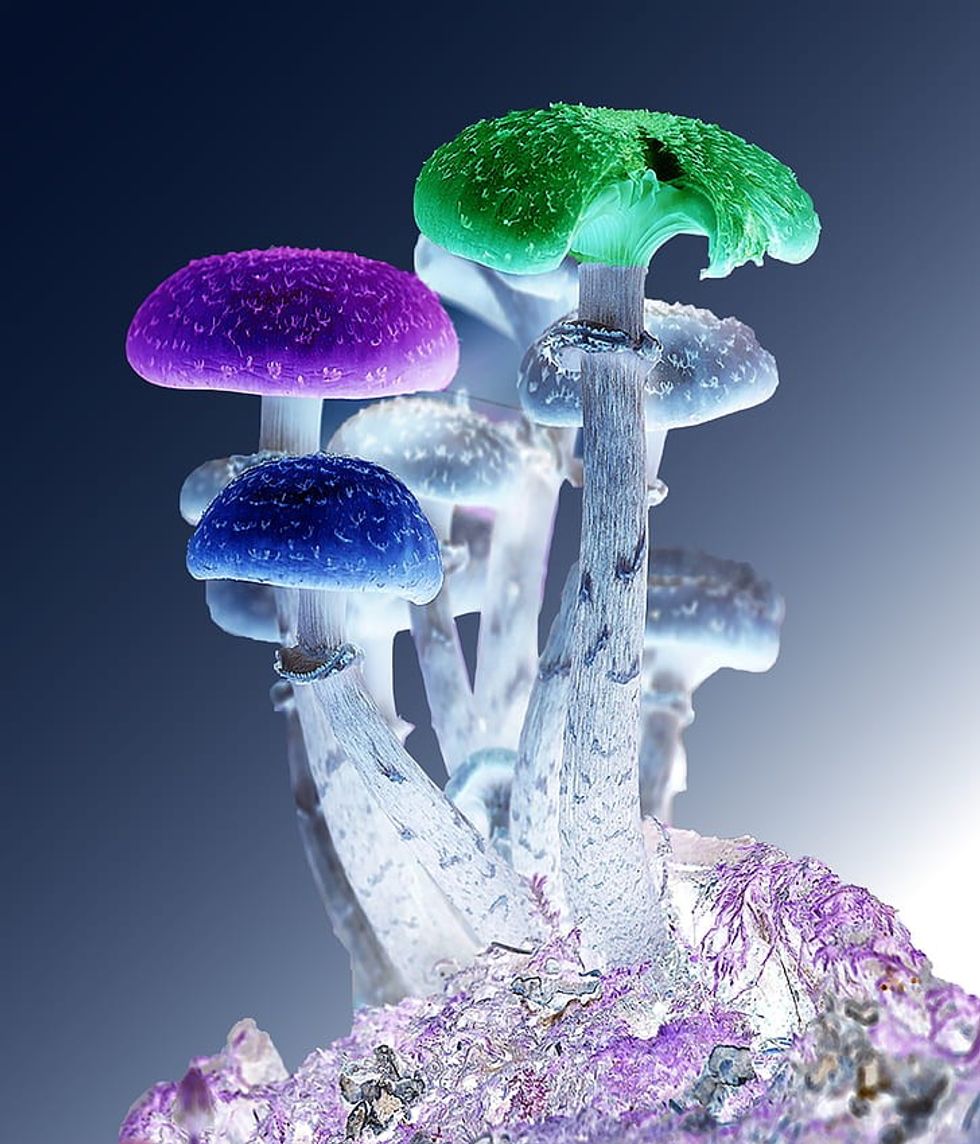 How to Make Mushroom Tea - The Bluntness
www.pickpik.com
How to Make Mushroom Tea - The Bluntness
www.pickpik.com